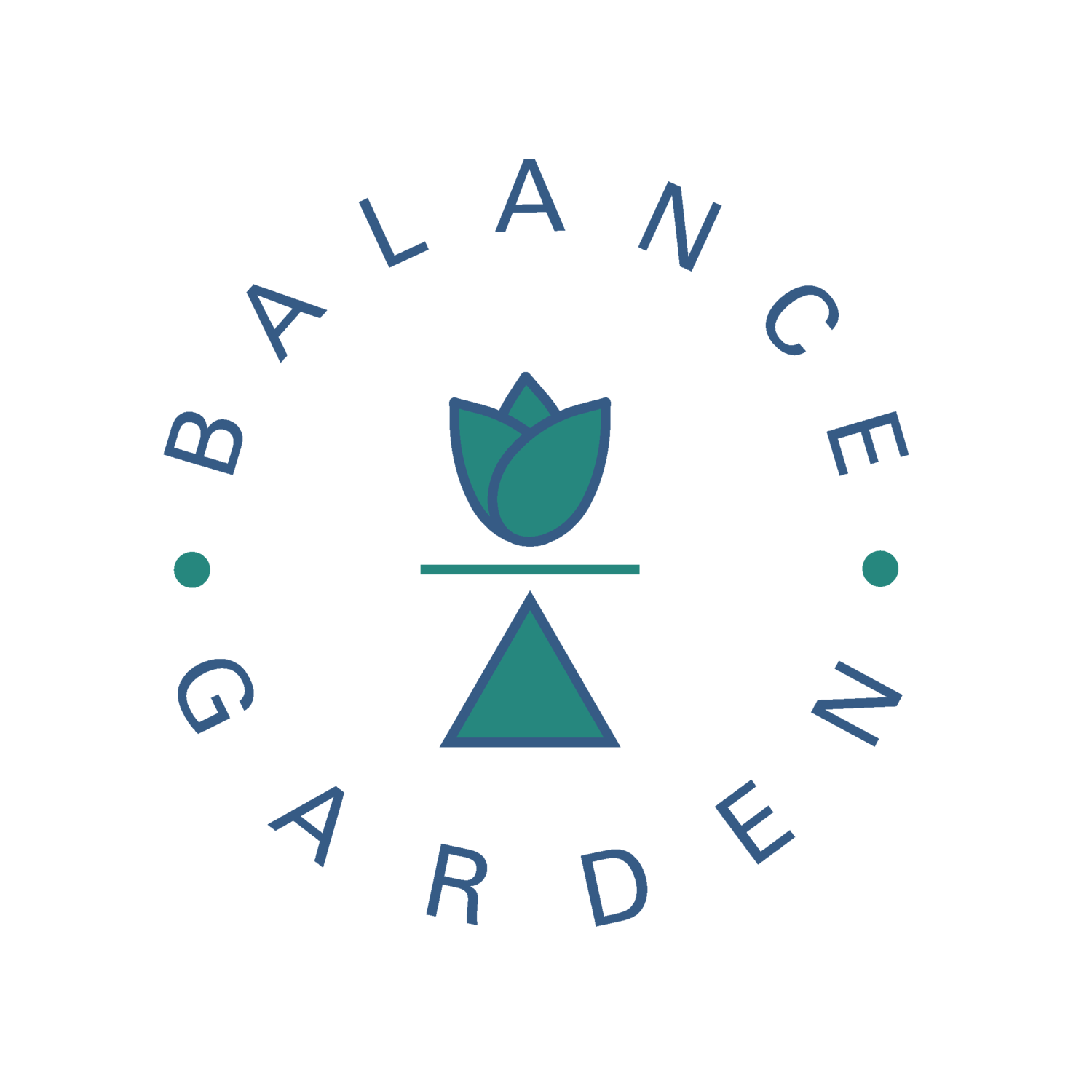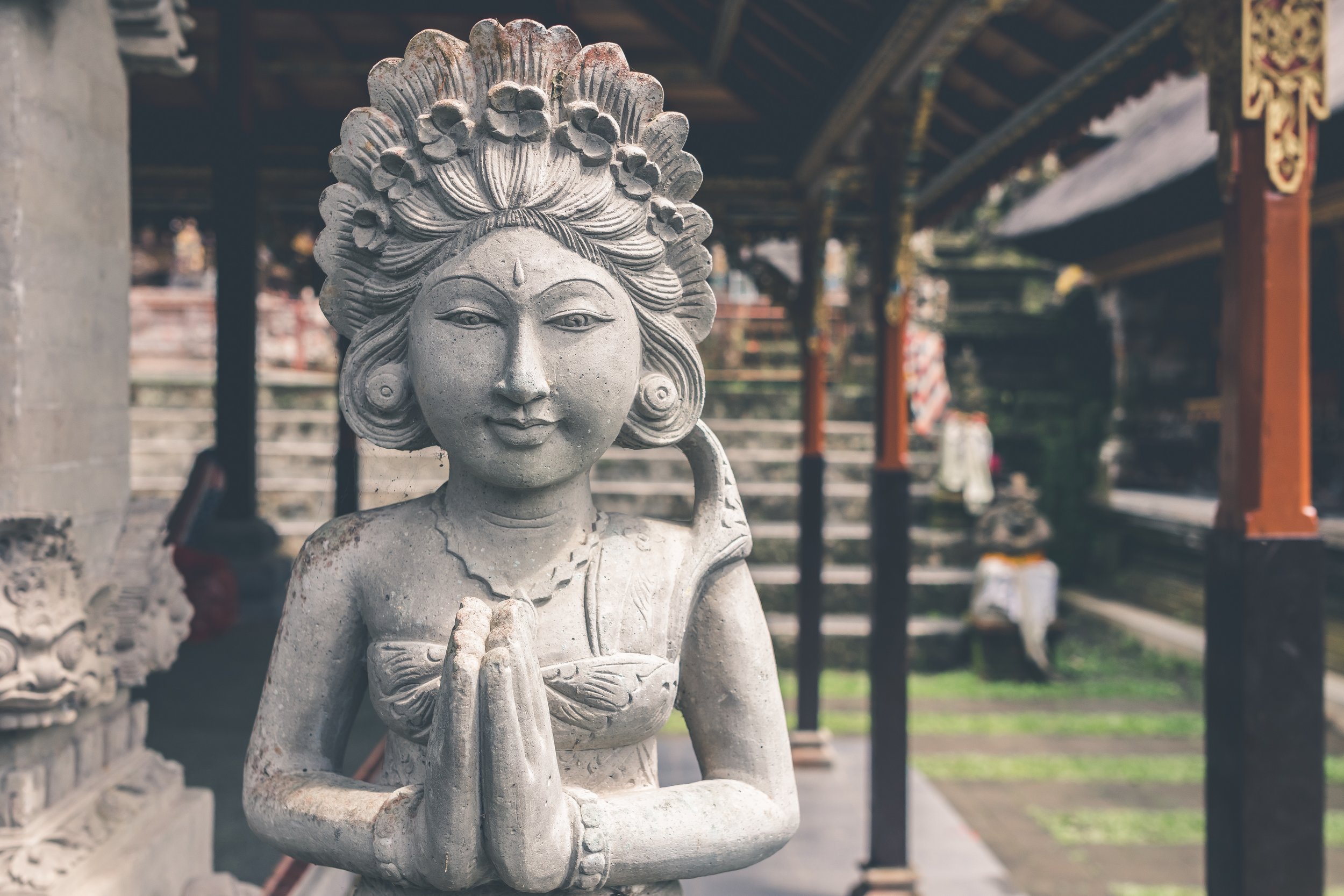Lightening the Load of Being a ‘Me’
/From the moment we wake up to when we fall asleep we’re ‘Me’. This Me that wanders around eating, sleeping, socialising, making money, loving, craving, fearing and searching. Being human.
The older we get, the more ‘luggage’ we carry with us on this journey of life
Drawers crammed with obsolete technology. A mismatched collection of mugs and glasses. Bank accounts. Responsibilities. Friendships. Spouses and ex-lovers. In our bodies we accumulate scars, wear and tear to the joints and muscles, injuries, postural imbalances, wrinkles, sun spots and even tattoos. Psychologically also we collect memories, habits, addictions, reactive patterns, assumptions, expectations and emotional triggers.
After a while this can start to feel like a lot of ‘stuff’. We long to just feel free and unburdened from the claustrophobic sense of always being Me, or at least this version of Me and all it entails. Career changes, home moves and divorces can sometimes stem from a need to redefine our identities and all they entail. As can new hobbies and haircuts to a lesser extent.
And in many ways these changes can help. Like swapping your battered old suitcase for new, light, slick design they can create much more favourable and enjoyable conditions for your life journey. They can re-inspire and reinvigorate you. But they probably won’t lighten the psychological load substantially over time.
We all find ways to put our bags down and ‘zone out’ of daily life for a while: some helpful, others less so. There are so many ways to do that, ranging from running, taking a power yoga class, going to the movies, shopping, sex / porn, reading a novel, gambling, or use of alcohol, drugs or medication. Whatever your preference, it’s always worth bearing in mind whether these tools are actually helping to lighten the load or simply adding more baggage
We all need a little dose of escapism by travelling too, whether that’s simply going on a holiday or retreat or travelling for months, even years at a time. When we travel how much are we looking to find ourselves versus looking to escape ourselves? A London-based yoga teacher recently recounted a time when he was so fed up with his career in advertising that he went travelling to for six months, hiking all around Asia and Australia. Nearing towards the end of his time and at a far flung cliff edge about as far away from the UK as one can be he recalls his ‘epiphanic moment’ when he stood overlooking the Pacific ocean and heard his own inner voice saying: ‘But I’m still me’.
Where does this concept of ‘Me’ come from?
When a baby is born they do not have any sense of distinction from the world. From the age of around two, we start a journey towards the acquisition of what’s called “self-concept” – stable thoughts and feelings about the self. By the time we have reached around eight-years-old, we have a relatively stable idea of our own personality traits and dispositions, and whether we feel like a valuable and competent person.
It’s informative to briefly consider how our own contemporary culture parted from this way of living, much of which is much better tackled in Sapiens and many other texts but can essentially be seen through a couple of key lenses, namely a) male cultural dominance and b) the utilitarian economic model.
Gender Politics
In terms of gender politics, in most cultures around the world the physical has been considered ‘feminine’ and consciousness or mind has been considered ‘masculine’. Evidence of early earth goddess worship can be found in every corner of the globe and mother nature or our own equivalent of our physical bodies were to be respected in primitive, pagan and shamanic cultures. However as society developed many shifts occurred away from respect for the feminine towards preference for the purity of mind and intellectual matters, which were considered the domain of the masculine. In the Indian subcontinent followers of the Tantras, most of whom were pro-femininity were ousted during the Muslim invasions (see Christopher Wallis’s Tantra Illuminated). In Europe and the Americas, paganism and indigenous culture was replaced by Christianity and a culture of misogyny.
The Economy of ‘Me’
From an economic perspective during the Industrial Revolution nature became an inconvenience at best, if not something to actively ‘conquer’ with science and technology in order to take ‘Man’s dominion over Earth’ (Genesis 1.26-28). Around this time Descartes also came up with his famous insight ‘cogito ergo sum’ or, ‘I think therefore I am’ - a prime example of a cascade of philosophical views throughout history that sprung from, and in turn reinforced, cultural dominance of mind over body, science over nature, and eventually the widescale destruction we see today of the planet at the behest of profit and consumerism.
An alternative perspective
In less individualistic cultures than ours there is less of a sense of self as this ‘Me’ that wanders around in the world with a specific set of characteristics to either act out or, these days, try endlessly to improve or modify. As explored in a recent movie ‘Down to Earth’ there are still cultures that exist today in which possessions are mostly communal and there is more of a sense of connection with others, one’s own mind-body ecosystem, and the environment as a whole. Along with that there is markedly little to no anxiety or neurosis. One study has shown that Japanese subjects listed fewer abstract, psychological attributes when asked to describe themselves than American subjects did, referring more to social role and behavioral context.
The Japanese reference, where buddhism has had a huge influence on the culture, is highly relevant here. Buddhist meditation practices vary a lot but there is a strong common theme of actively cultivating compassion, a sense of interdependence with others and the environment, and mindfulness. A letting go of the reigns around the ideas of ‘I, me and mine’ slowly but surely over a lifetime of practice. While these practices may have originated in the buddhist lineage (which in turn was influenced by the yogic lineage and the practices of many other peoples around the time of the Buddha and beyond), we can all utilise these tools to help us gain a little ‘headspace’.
Science is catching up and offering further insight into these techniques, which we will explore shortly, however it has yet to find any tangible evidence of a mind or consciousness that is somehow separate from the body. In fact, the more science discovers the less clear this becomes. Researchers at Cambridge University into consciousness among vegetative patients are collaborating with the philosophy department to broaden their understanding of what it actually is:
“Understanding how consciousness arises from neural interactions is an elusive and fascinating question. But for patients diagnosed as vegetative and minimally conscious, and their families, this is far more than just an academic question – it takes on a very real significance. The patient might be awake, but to what extent are they aware? Can they hear, see, feel?”
Modern Mindfulness
Neuropsychologist and meditation teacher Dr. Rick Hanson presents these traditional meditation and mindfulness-based practices within a scientific context as a modern toolset. He outlines the main systems of the human brains as follows:
The reptile brain (brain stem)
The mammal brain (limbic system)
The primate brain (cortex)
He argues that without tending to the needs of each of these systems we will be unable to perform well either intellectually or emotionally. You can notice as we go through these techniques how each of these techniques hinges upon connection the ‘felt sense’ of being in the body:
The reptile brain (brain stem)
The reptile or lizard brain is what keeps us alive by controlling processes such as heartbeat, breathing and by helping us to avoid harm. We’re hardwired through this part of the brain to feel a constant, vigilant anxiety. While absolutely necessary for our survival, this background anxiety impacts our ability to think and be happy. We can use our bodies to soothe this part of the brain Dr Hanson prescribes the following technique to “pet the lizard”:
“Pet the Lizard”
Recognise the anxiety.
Remind yourself that you are all right.
Take a deep breath and feel the whole breath.
Relax your body, which will soothe the lizard.
Maintain this state for 10, 20, 30 seconds—as long as you can.
The mammal brain (limbic system)
The mammal or mouse brain (limbic system) is the part that regulates our emotions and desires. Its main job is to move us toward the things that maintain life, however in practice this constant hunger keeps us from noticing all the ways in which we are already nourished. Again, via the body we can “feed the mouse”:
“Feed the mouse”
“Consciously acknowledge ways in which you are being nourished. When you eat, realise the food is becoming part of you and nourishing you. When you breathe, feel the air entering you to maintain your life. When you get paid, recognise it as nourishment. Feel protected, enabled, and delighted by human craft.”
The primate brain (cortex)
The primate or monkey brain (cortex) handles our higher cerebral functions of thinking, making mental maps of our world, and connecting with others. Hanson identifies this last bit as the key need of the cortex. Monkeys that weren’t able to connect with other monkeys did not survive. Our social worries and need to belong can hamper our thinking and happiness.
“Hug the monkey.”
Think of someone who genuinely cares for you. Bring that person into your mind.
Think of someone you genuinely care for, and bring that person in as well. Create a circle of caring in your mind. Remind yourself routinely that you are in that circle, a critical part of it.
Feel your belonging.
In our meditation practice and in our lives it can be wonderfully fulfilling to begin to find more integration between mind and body. As mother earth hosts vegetation and all of us, so we can learn to host our thoughts and emotions with care and compassion within the solid, earthy structure of our bodies. We can heal ourselves on so many levels in this way, releasing ourselves from habits, reactive patterns and neurosis.
Yoga practices (particularly quieter forms such as yin yoga), dance and other forms of movement can really help to cultivate and nurture this relationship.
Meditation keenly develops our understanding of the interrelationship between body, breath, mind and the external world and eventually helps us to fully appreciate the lack of distinction between them.
Even moving throughout the day with more awareness of the body and breathing can be dramatically helpful to ease anxiety or neurosis. Simply taking time to notice how you’re feeling. Tuning in to the placement and rhythm of your breath.
By living from an embodied perspective, we lighten the weight of our thoughts and assumptions about ourselves and come to find that sense of freedom and joy we often crave is only a moment, a pause, a breath away.
Natalie hosts thorough 10-week ‘Train your heart’ mindfulness and compassion interactive courses online on Tuesday evenings. She is a yoga, meditation and mindfulness teacher and an advocate for personal, corporate and social change for the well-being of society and the environment. She left a successful, ten year corporate career to follow these passions. Every month she will explore how yoga and meditation can help us wake up to the full richness and potential of our lives by cultivating a deep compassion and connection with ourselves and others.






































